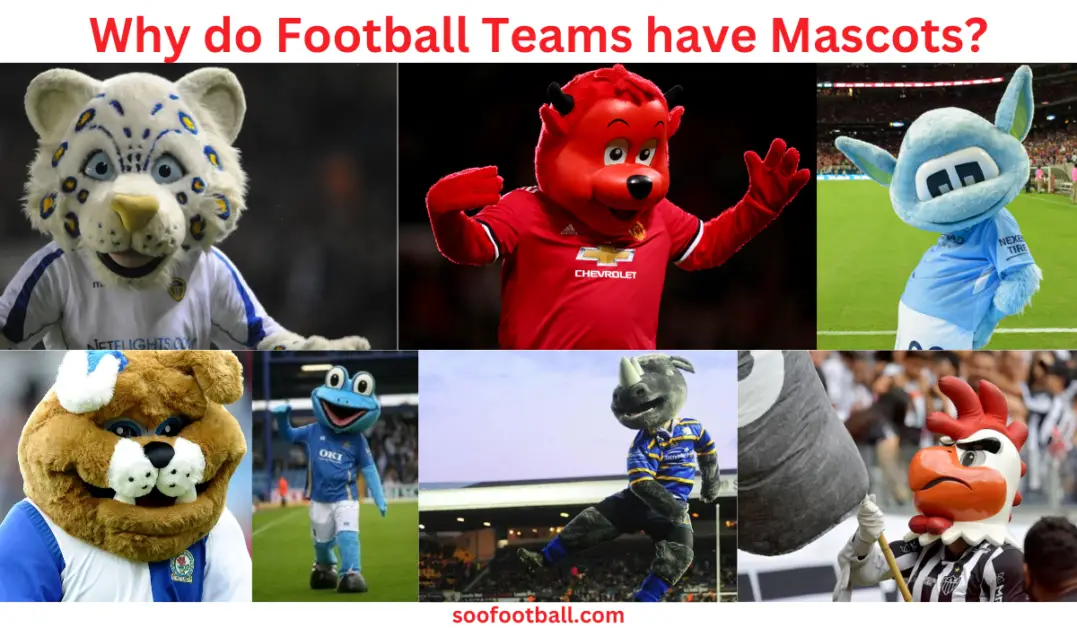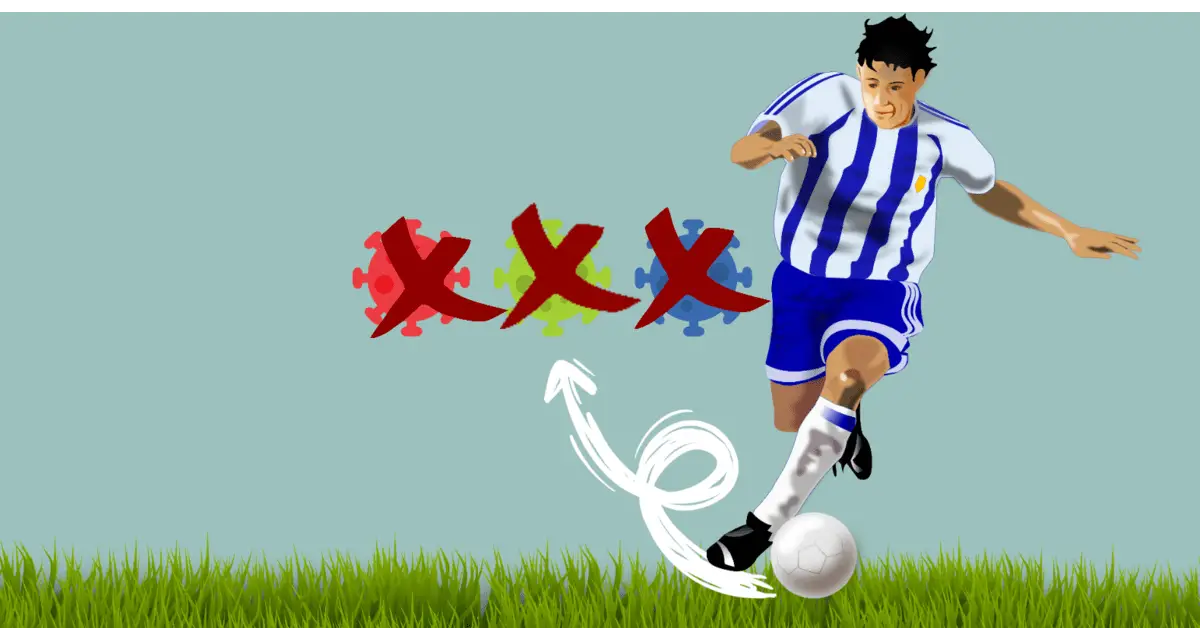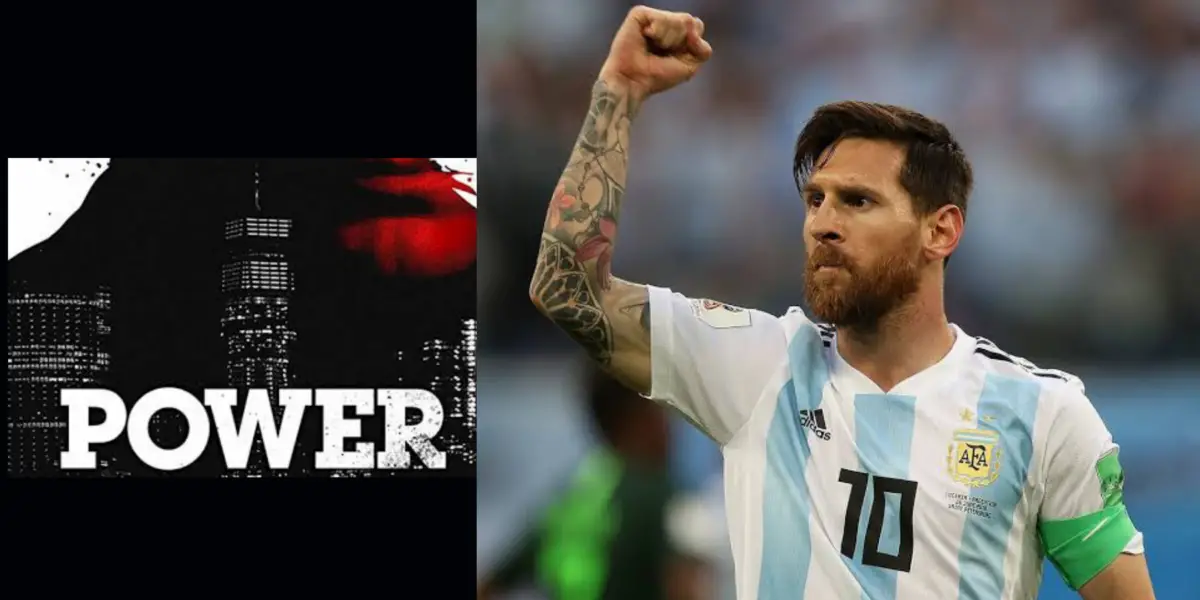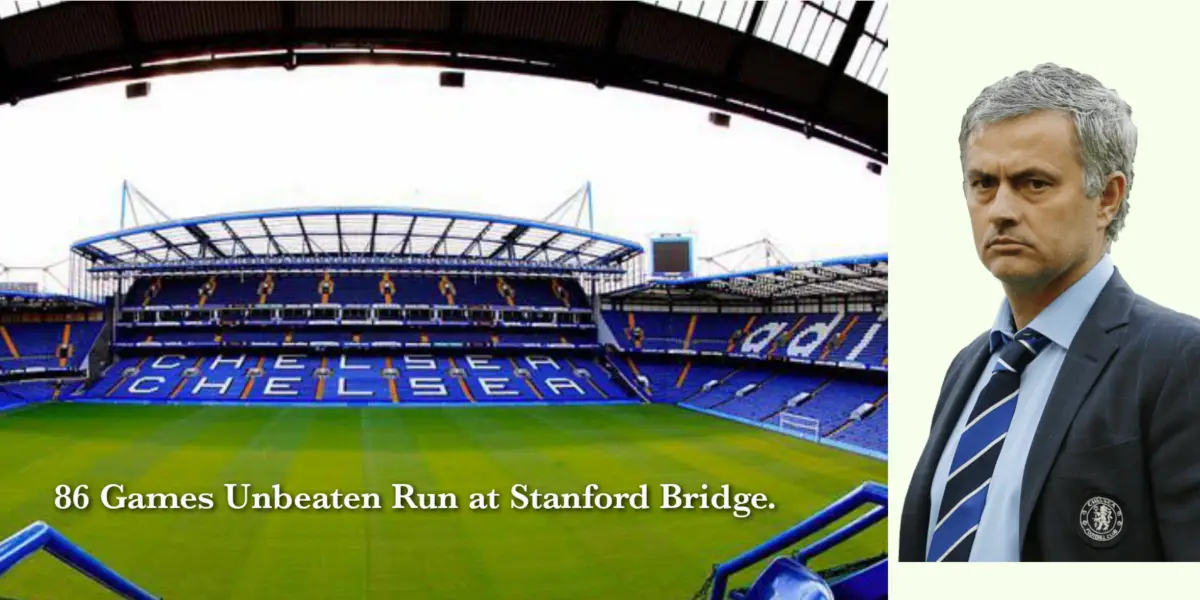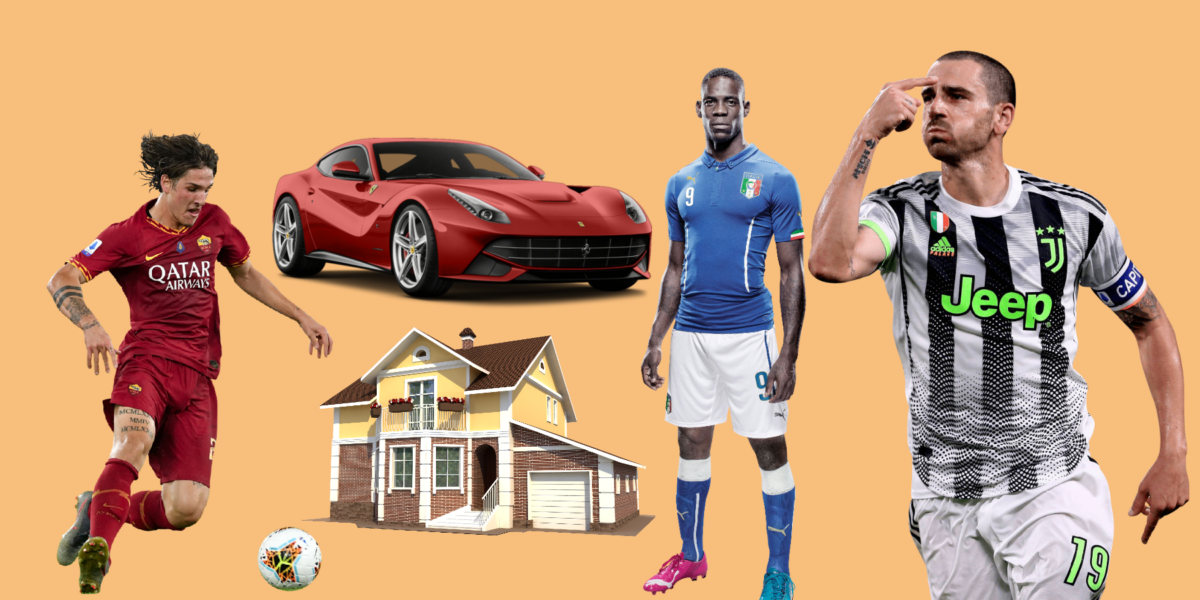Have you ever wondered why all football teams across the globe have mascots? Well, the straightforward answer is that Football teams have mascots to engage fans and create a sense of community. Mascots play an important role in promoting team spirit and can have a positive psychological impact on both the team and the fans
Football is more than just a sport, it’s a culture that millions of fans around the world are passionate about.
From the thrill of the game to the camaraderie and community spirit that surrounds it, football has become an integral part of our lives. One of the unique and intriguing features of football is the presence of mascots.
Mascots are often seen as the unofficial representatives of a football team, and they play an important role in engaging fans and creating a sense of unity and excitement. But what more about football Mascots is worth considering?
In this article, we will explore the history of football mascots, their purpose, the different types of mascots, as well as the challenges and controversies surrounding their use.
Also, we’ll consider the benefits of having a mascot not just on the pitch, but the overwhelming nature of capitalism it brings to the club, like a token of ‘Good Fortune’ within the squad.
What is a Football Mascot?
A football mascot is a person, animal, or object that represents a football team and is used to engage fans and create a sense of community.
Football mascots can take many forms, including animals, cartoon characters, or even inanimate objects, and they are typically used to promote team spirit and encourage fan involvement.
Types of Mascots
In the United Kingdom and around Europe it’s not just animals people dress up as, for their team mascot wearing the outfits provided. It can also be muppet-like creatures or outfits that were a symbol of their sponsorship or club.
For example:- West Bromwich Albion have a boiler man as their mascot representing their sponsorship.
Nowadays though, it’s not just the club mascot who takes to the field before a game. Teams have young children all kitted up in the home strip and the away side in their kit and they accompany the players onto the pitch.
Wayne Rooney was a mascot before becoming a professional footballer, as a young Evertonian leading the team out onto the pitch for the 1996 Merseyside derby against Liverpool
This was first introduced in the 1999 F.A. Cup final between Manchester United and Newcastle United and then since Euro 2000 the tradition of having a child with every player really took off.
To decide this, clubs usually run a competition to decide who should get the honor of being one or use local charities. There are three main reasons for this which are; (1.) fulfill a child’s dreams, (2.) promote a healthy image and of course, (3.) boost revenue.
It has now become a permanent fixture of today’s game.
It’s a dream come true for them to walk out hand in hand with their favorite football players in front of a packed stadium.
History of Mascots in Football
Way before muppets were used as mascots for a football match for the home team, most clubs decided to introduce actual animals to entertain the crowd and in some cases, to scare the opposition. It was live animals that were the first mascots in football.
It wasn’t until the 1980s when muppets gained popularity that they started to engage in a variety of entertainment before a game. They could amuse the fans by encouraging them to interact with the mascots, and they have become a trend in modern football today.
The word ‘mascot’ actually comes from the French word ‘mascotte’ which means ‘lucky charm’ linking football mascots with fortune. A form of psychology leading to triumph. They can be seen as the physical embodiment of the love and loyalty fans have for their team, one that brings a little luck to the game.
The psychological impact of mascots on a team and fan morale
Mascots can have a positive psychological impact on both the team and the fans. For the team, having a mascot can boost morale, increase motivation, and promote a sense of unity and pride.
For fans, mascots can create a sense of attachment to the team, enhance the game day experience, and provide an emotional connection to the team’s identity. Mascots can also promote positive behavior among fans, such as sportsmanship and respect for the game.
Overall, the psychological impact of mascots on team and fan morale is significant and contributes to the overall success of a football team.
The Profits Mascots Make For Clubs
It’s not only the fun and the enjoyment of mascots in today’s game that brings amusement to all the fans, but it’s also a money-making profit for Football clubs.
Football clubs are not silly and obviously, it didn’t take them long to recognize the massive marketing opportunity it brings. They use them to get young fans hooked on the game and also sell merchandise around the mascot. They would be turned into plush toys to sell in the club shop.
Their use in the game has developed significantly over the years.
Challenges and Controversies Around Football Mascots
While football mascots can be a fun and effective way to engage fans, they are not without their challenges and controversies.
One criticism is that mascots can perpetuate negative stereotypes of certain groups of people, such as Native Americans or other ethnic groups. This has led to calls for some mascots to be changed or removed.
Additionally, some people argue that the use of mascots is insensitive and disrespectful to certain cultural traditions.
Another controversy is that the use of mascots can be seen as a distraction from the actual game and can take away from the seriousness of the sport.
Finally, the use of mascots can be a costly investment for teams, as the creation, maintenance, and promotion of a mascot can be expensive.
Examples of Mascots For Football Clubs
Here we look at some of the outrageous and fun, family-friendly mascots in the English football league.
Buzz
Brentford’s mascot after the nickname of the club ‘the bees’. It’s only fitting that their mascot reflects that
Hammerhead
West Ham’s mascot relates to the team’s nickname ‘the irons’.
Stamford the Lion
The official Chelsea mascot is instantly recognizable all over the ground and is a huge hit with the younger fans as well as helping out local and national charities.
Gunnersauraus Rex
Arsenal is known as ‘The Gunners’ it made sense to name their mascot after the dinosaur, which to me looks like a lizard! Since 1993, he has been a household name to youngsters.
Chirpy the Cockerel
Ever since the 1921 FA Cup final, Tottenham Hotspurs’ crest has featured a cockerel which has to this day been their official mascot.
Billy the Badger
Fulham is supported by a badger who fittingly fits in with their black-and-white colour scheme.
Filbert Fox
Leicester City’s mascot due to their nickname ‘the foxes’ and their old stadium Filbert Street
Mighty Red
Not very creative from Liverpool, but the ‘liver bird’ on their crest very easily represents the mascot.
Monty Magpie
Monty Magpie is the official Mascot for Newcastle Football club. Nicknamed the magpies, it would seem strange if their mascot was not the same.
Wolfie & Wendy Wolf
It was a very easy task for Wolverhampton Wanderers to pick their mascot.
Fred the Red
I would say he is the most iconic and popular mascot around due to the amount of Manchester United fans around the world.
Robin Hood
Makes perfect sense for Nottingham Forest to name their mascot after the legend.
Sammy the Saint
Has always been the resident mascot of Southampton FC.
Moonchester
A ridiculous mascot of Manchester City bug hasn’t got in the way of them winning trophies and also inspired by the song that goes around the ground ‘Blue Moon’
Pete the Eagle
The obvious choice of Crystal Palace is due to the nickname of the club.
Gully the Seagull
Easy choice for Brighton, located by the seafront where flocks of birds come every year.
Cherry Bear
Cherry Bear is the official Mascot of Bournemouth AFC.
Hercules Lion
Named after Aston Villa’s nickname ‘the lions’ having been with the club for decades.
Spark the Cat
Queens Park Rangers’ mascot used to be a black cat named Jude, but apparently, black cats are unlucky.
Lucas the Kop Cat
Lucas the Kop Cat was Leeds United’s official Mascot name. But now, Leeds United’s mascot is Snow Leopard.
Deepdale Duck
Deepdale Duck is Preston North End’s official mascot.
Bluey McHorse
Ipswich Town’s nickname the trotters has to be a horse as their mascot.
Zampa the Lion
Oh, look, another Lion. This is the official mascot of Millwall FC
Conclusion
While there are challenges and controversies associated with the use of mascots, their positive impact on a team and fan morale cannot be denied.
Football clubs use mascots as a way to connect with their fans, promote their brand and identity, and create a unique and memorable game day experience.
As football continues to evolve and grow in popularity, the role of mascots will undoubtedly continue to be an important part of the sport, helping to engage fans and create a sense of belonging and excitement.
Further Reading:

